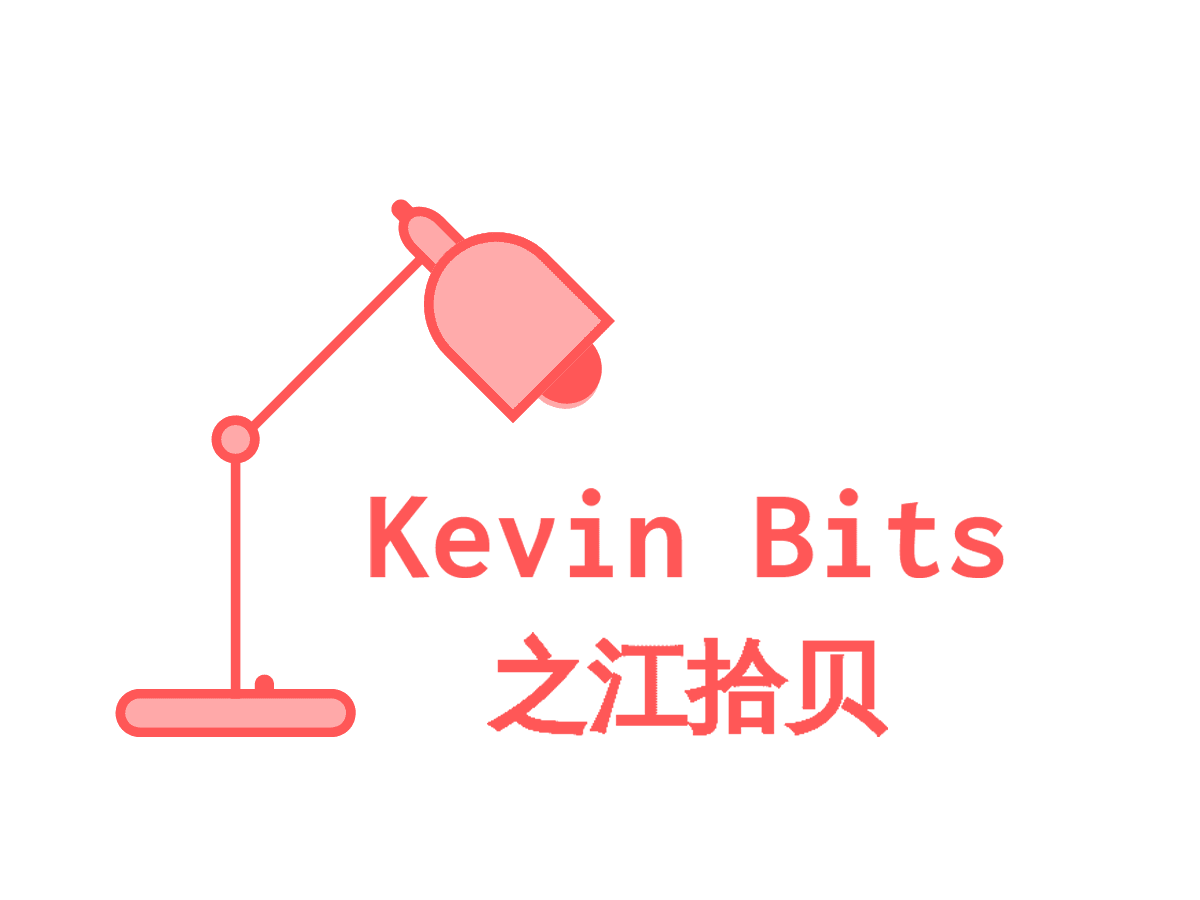In dealing with the sovereign debt and the sluggish economic growth, ECB seems to respond slower than the U. S. Central Bank. This is understandable for two reasons. First is at the cultural level – European life style is much relax than that of the U. S. Second is on political level, as we know that the common currency zone is still in developing phase. Major monetary policies take time to get agreement from its member nations.
The ECB has reacted to the crisis with a portfolio of policies. First, it has cut interest rates from 1.5% in November 2011 to 0.05% today. And It has reduced the deposit interest rate from 0.75% in November 2011 to -0.20% today, a negative territory which is unconventional.
Second, the ECB activated at the end of 2011 credit lines for the banking system amounting to €1 trillion and with an unprecedented long maturity of three years. Subsequently it introduced the outright monetary transaction programme. These two unconventional measures were aimed to help the debt crisis.
Third, more recently the ECB initiated measure to directly help households and business. It has introduced credit lines of up to four years that can be used by banks for loans to households and businesses, and two programmes for the purchase of covered bonds and ABS with the aim being to further expand liquidity via operations directed towards the real economy.
Finally, the ECB is committed to take further unconventional policy actions if the existing measures proven to be insufficient. Such actions include bond purchase program, although agreement among member nations is yet to be reached.
